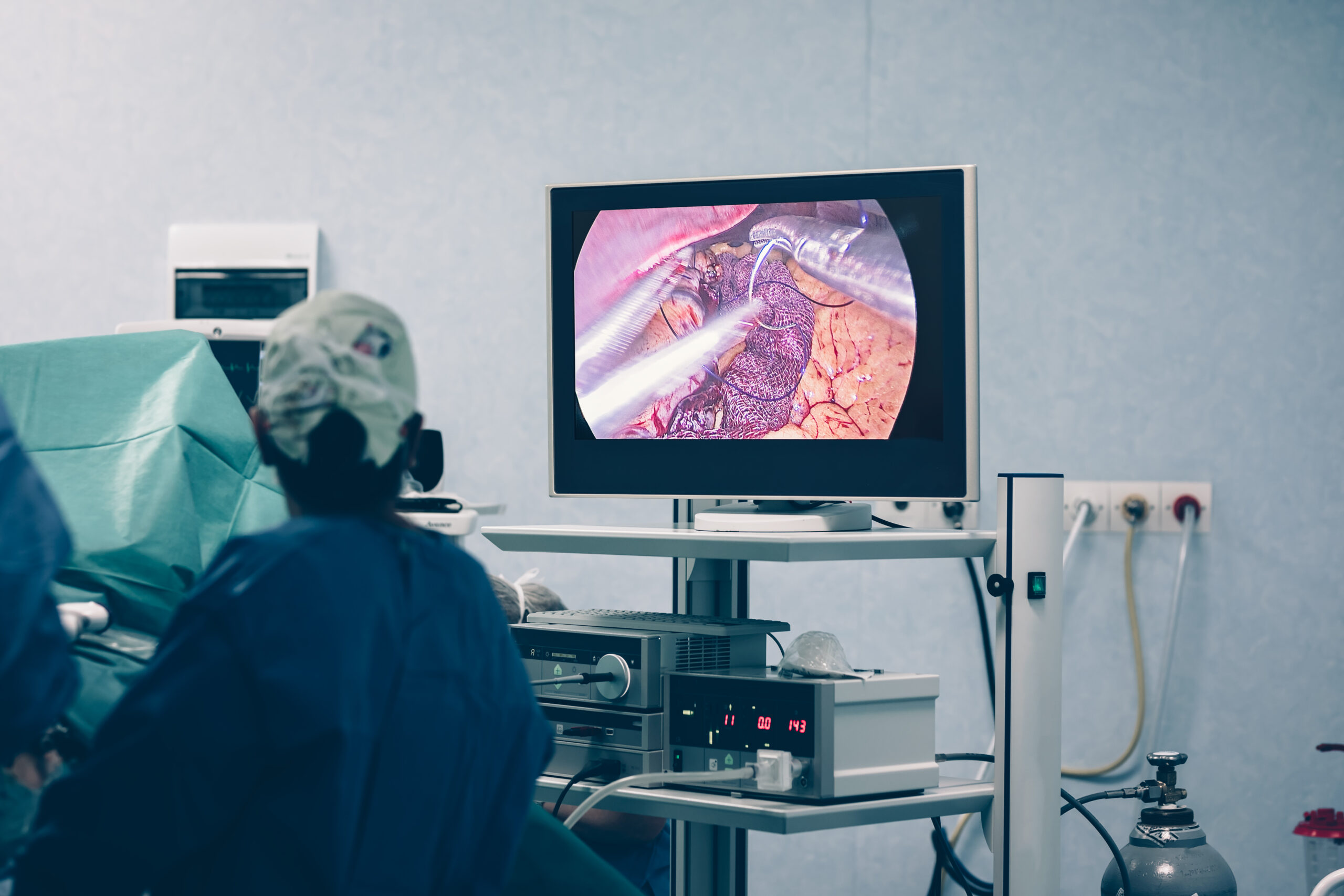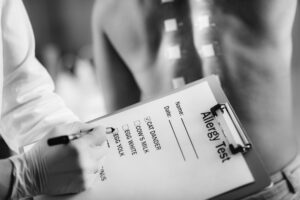If you notice signs of heartburn, weight regain, and difficulty swallowing after your lap band surgery, chances are you have developed lap band complications. In some patients, complications can develop after lap band surgery, which can be severe if the lap band is not removed completely. Learn common complications of the lap band and the procedure of lap band removal in this article. Log on to https://doralhw.org/specialties/bariatric/ know more about weight loss.
Complications of the Lap Band
These are some complications of lap band surgery that you may experience:
- Food intolerance: Patients may develop problems with swallowing, severe nausea, and vomiting. Some might even feel this issue multiple times a day.
- Heartburn or reflux: Some people may experience heartburn or esophagitis after lap band surgery.
- Band slippage: This may cause severe pain or nausea and may require some emergency surgical revision/removal of the gastric band.
- Band Erosion/Port Infection: It is a rare complication that happens when gastric band erosion occurs, which causes long-term port infection in most cases.
- Esophageal dilation: When there’s restriction due to a gastric band, food may sometimes get stuck in the esophagus. In the long term, it may lead to esophageal dilation.
- Inadequate weight loss: Even though the gastric band may help you to lose reasonable weight, weight regain is also more common in gastric banding patients than in patients who undergo other bariatric surgeries, like the gastric sleeve or the gastric bypass surgery.
When is Lap band removal required?
There are several scenarios where you should consider lap band removal, especially if:
- You’re not satisfied with weight loss or weight regain
- The patient is not able to lose enough weight or regain a significant amount of weight, then removing the lap band and conversion to another more effective bariatric procedure may be recommended. This is the most common reason for lap band removal.
- There’s band intolerance
- There are band intolerance symptoms such as excessive nausea and vomiting, difficulty swallowing, or pain after eating.
- There is a band or port infection, which may indicate that the band has eroded in the stomach. If the infection doesn’t get better with antibiotic treatment, you may need to remove the lap band.
- Band slippage happens when the lap band moves down the stomach and creates a bigger pouch above the band. It’s treated by removing the fluids from the band or by surgical reposition. However, band removal may be recommended in some cases.
- Severe heartburn happens in some cases, which may lead to esophagitis. If these patients don’t respond to anti-acid medications, lap band removal may help relieve the symptoms.
- With long-term use of the lap band, some patients may develop esophageal dilation, dysmotility, or esophagitis. Fluid removal or lap band removal may be needed for patients with severe symptoms.
Steps in the Gastric/LAP band removal procedure
Before the gastric band removal, your surgeon will examine your health and the condition of the band. You may need imaging tests or blood tests to check for complications. Your bariatric team then discusses with you alternative weight loss options (if you’re interested in them) to continue your weight loss journey with a different procedure.
During the procedure, your doctor may laparoscopically (which means small incisions are made) remove the band along with its accessories. Your doctor will cut the scar tissue around the band and cut the tubing of the band and pull the band from the stomach. After that, the upper part of the stomach (fundus) is sutured to prevent the band from migrating. Some general surgeons may leave the adhesions and sutures in place during this procedure. However, it is essential to remove those sutures and lay the adhesions. This helps to restore the natural anatomy of the stomach and makes revision surgery much easier. After removing the gastric band, the removal of the peri gastric capsule will lower the risk of obstruction after surgery. It usually takes 30 to 60 minutes and is less complex than other bariatric surgeries.
After the procedure, you can go home on the same day or may need to stay hospitalized for a day, depending on your condition. Most people may experience some discomfort or swelling at the incision sites. Most patients can return to light activities within a week and full activities within 2 to 4 weeks. But if you plan to transition into another bariatric procedure, your surgeon will talk about the timeline and procedure of the other surgery.
Risks of Gastric Band Removal
While gastric band removal is mostly safe, sometimes it may involve potential risks and complications, including:
- Infection or bleeding: There’s a small risk of infection or bleeding at the incision sites or around the stomach where the band is attached.
- Scar tissue or adhesions: Depending on how long the band was in place, you may develop scar tissue or adhesions, which make the removal slightly more complex.
- Weight regain: Without another form of bariatric surgery in place, some patients may regain weight after the removal of the gastric band.
- Digestive changes: Your body may struggle to adjust to the changes after the removal of the band and may experience digestive discomfort initially.
These risks will be discussed with you in detail to ensure you understand the procedure and recovery process.
Options After Gastric Band Removal
After gastric band removal, you can still seek long-term weight loss solutions. Here are some of the best alternative options after gastric band removal you can consider:
- Gastric sleeve: In this procedure, the surgeon will remove a portion of the stomach, resulting in a smaller stomach size that restricts food consumption while lowering hunger hormones.
- Gastric Bypass: A more complex surgery that lowers the stomach size and reroutes part of the digestive system to limit calorie absorption.
- One-anastomosis gastric bypass (mini gastric bypass): This is a simpler version of gastric bypass that significantly helps in weight loss with a shorter surgery.
Each of these procedures offers different benefits and risks, so discuss with your bariatric surgeon to learn which procedure is best for you based on your health and weight loss goals.
Gastric band removal is a procedure you might need when this weight loss procedure is causing complications and is not helping with weight loss. Make sure that before opting for a gastric band removal procedure, you discuss its benefits and risks with the bariatric surgeon to know what is suitable for your overall health and weight loss journey.
Need help with gastric band removal? Visit our bariatric specialists in the Brooklyn clinic to get professional medical help. If you’re ready to take the next step in managing your weight, we recommend consulting with our Bariatric experts to explore the right treatments or therapies for you. Always listen to your body and adjust your daily routine to prioritize your well-being. If you are looking for a weight loss surgery center near you, contact us on +1 718 367 2555 for a consultation with our bariatric doctors. Want to learn more about types of bariatric surgery like Gastric sleeve surgery, Laparoscopic surgery, Gastric bypass surgery, Sleeve gastrectomy, or LAP band surgery? Doral Health and Wellness has one of the best bariatric doctors and surgeons to treat obesity and weight problems. Book your appointment and walk in at 1797 Pitkin Avenue, Brooklyn, New York 11212.






